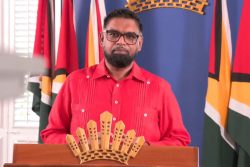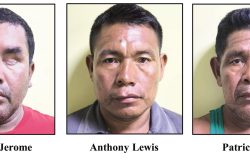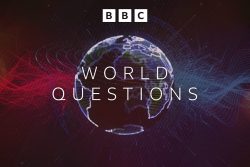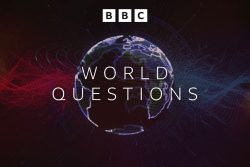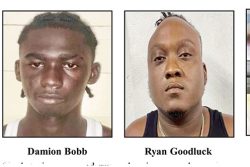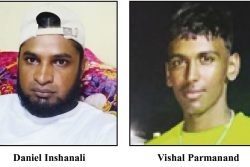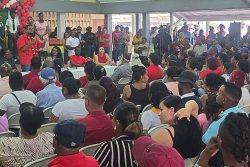This article was received from Project Syndicate, an international not-for-profit association of newspapers dedicated to hosting a global debate on the key issues shaping our world
The cyclist Lance Armstrong recently celebrated an anniversary. It has been ten years since he was diagnosed with metastatic testicular cancer, which his doctors believed would kill him.
Based on his inspiring story and his efforts to publicize the disease, Armstrong has become an anti-cancer crusader. But on examining his foundation’s website ( www.laf.org ) and his writings, a nagging question remains: Did the same tenacity that enabled Armstrong to win seven Tour de France bicycle races help cure his cancer? Armstrong is careful not to equate cycling with cancer, but he-and his legions of fans-often cannot help but do so. Such a connection may be highly misleading.
By his early twenties, Armstrong was becoming a force in the racing world, but all was not well. In 1996, at age 25, Armstrong developed fatigue, testicular pain and a bloody cough.
Doctors diagnosed him with testicular cancer. More distressingly, Armstrong’s cancer was far-advanced, having spread to his lungs, abdomen and brain. He was given roughly a 40% chance of survival, which was probably an overestimate. One doctor told Armstrong’s mother that her son would die.
After undergoing surgery to remove his cancerous testicle, Armstrong became “a student of cancer.” He was treated at Indiana University, perhaps America’s leading centre for testicular cancer.
Armstrong chose Indiana because its oncologists said they could treat him without bleomycin, a type of chemotherapy that would have damaged his lungs and ended his cycling career if he survived. They removed his brain tumours with surgery instead of radiation, which might have caused balance problems.
But the doctors made no bones about what Armstrong was to receive: extremely caustic drugs that would make him sick as a dog. Armstrong later wrote that “by the fourth cycle [of chemotherapy], I was in the fetal position, retching around the clock.”
Armstrong’s cancer responded extremely well. He then underwent extensive rehabilitation, gradually regaining strength and confidence. By 1998, he was again riding his bicycle.
The illness changed Armstrong’s body. When he resumed serious training, he was leaner and more muscular. In addition to the emotional advantage that Armstrong believed that cancer gave him, his new body also made him a more effective cyclist.
In 1999, less than three years after his diagnosis, Armstrong won his first Tour de France. Six more followed, making him the greatest cyclist in history. For his part, Armstrong has tried to steer clear of facile associations between his Tour de France triumphs and his recovery from cancer. “Good, strong people get cancer,” he has written, “and they do all the right things to beat it, and they still die.” Perhaps he was a racing hero, Armstrong has stated, but “it wasn’t heroic to survive cancer.” Even though he participated in his care and had excellent doctors, his survival was “more a matter of blind luck.”
Still, at times, Armstrong seems to slip into the sort of language he wishes to avoid. At the close of his second book, Armstrong summarized his history with cancer as: “I got treated, I fought like hell, and I got better.” A quotation on his foundation’s website reads “When I was sick, I didn’t want to die. When I race I don’t want to lose. Dying and losing, it’s the same thing.”
More worrisome is the adoption of the same reasoning by those who hear Armstrong’s story. “Lance refused to become a statistic and instead rallied and became cancer’s worst enemy,” wrote a reviewer of his first book. “He refused to give in and chose to fight the disease with all he had.” An Internet biography states that “with the same fierce focus he brings to competition,” Armstrong “tackled his illness and won.”
To some people, Armstrong has become a symbol for the notion that anything is possible. “Lance beat cancer and then he went on to win 5 Tour de Frances,” a computer programmer wrote on his blog in 2003. “That pretty much means I can overcome whatever ills I have in my life so I can keep going after that.”
The trouble is that data about the “will to live” among cancer patients are not so rosy. One 1989 study showed that women with metastatic breast cancer who attended support groups survived longer, but these results have not been duplicated. A recent study showed that a positive attitude did not lengthen the lives of lung cancer patients. Anecdotally, clinicians can recall “fighters” with cancer who die and others who “give up” but live.
This is a sobering message for Armstrong’s many fans. After all, we all want to think that hard work always pays off. Unfortunately, in the world of cancer, this may not be so.
But Armstrong’s legacy is about more than data. He has educated and provided inspiration to thousands, perhaps millions, of cancer patients and raised money that is being used to finding cures. Oh, and there are those seven bike races that he won.
